14 Iconic TV Characters Everybody Loved in the 1990s
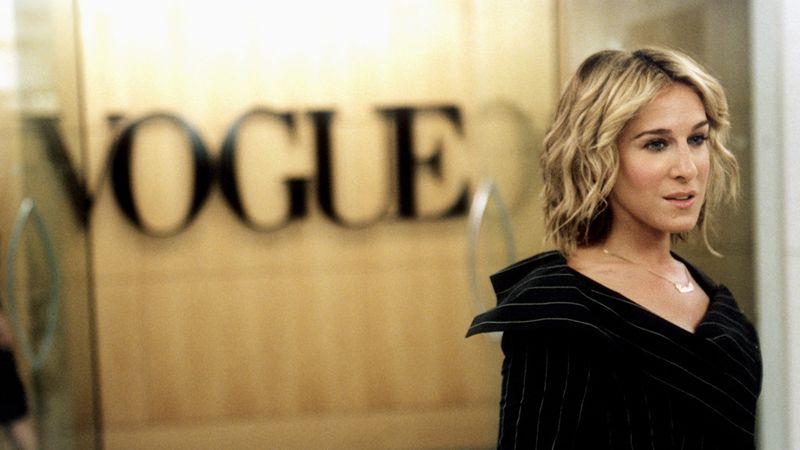
The 1990s gave us some of television’s most unforgettable characters who shaped pop culture and still influence entertainment today. From coffee shop hangouts to vampire-slaying teens, these characters captured our hearts with their unique personalities and memorable catchphrases. Take a nostalgic trip back to the era of flannel shirts and dial-up internet as we celebrate the TV characters who defined a generation.
1. Uncle Jesse Katsopolis
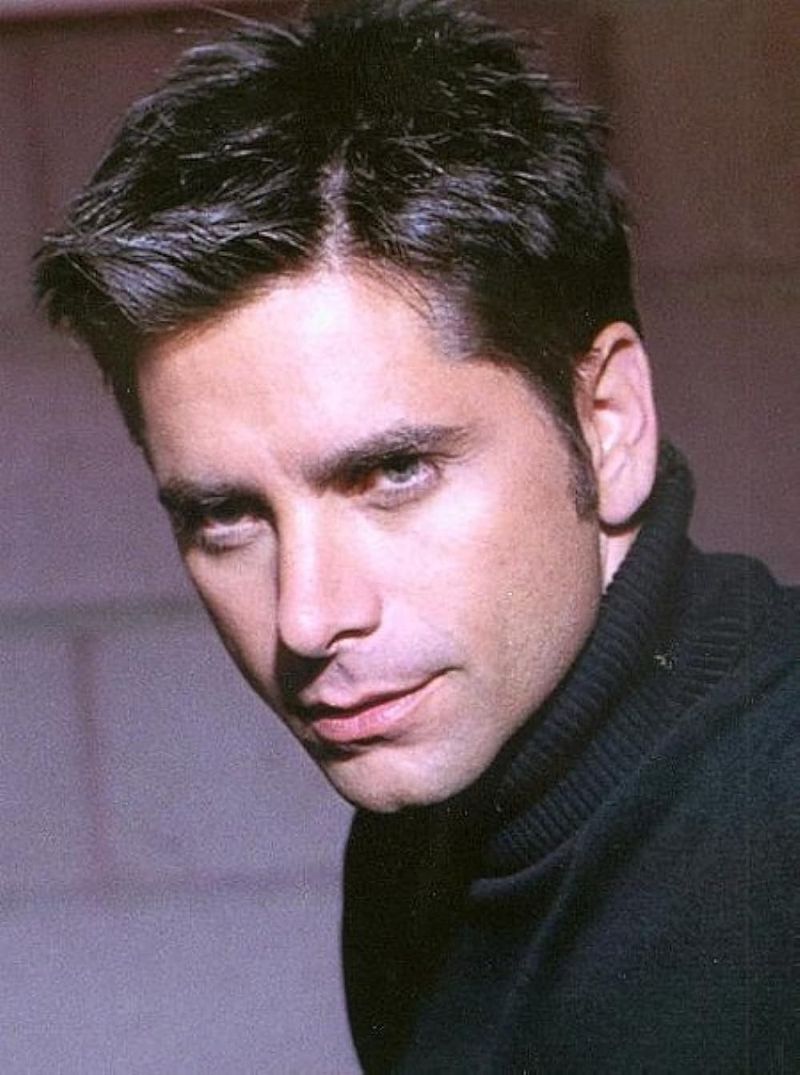
His charm, humor, and signature “Have mercy!” catchphrase made him unforgettable in 90s households. Though portrayed as a cool rebel, Jesse’s love for his family revealed layers of warmth and loyalty. His role balanced comedy with heartfelt lessons about responsibility and unconditional care. With his leather jackets and Elvis impersonations, he became both a style icon and comedic force. Audiences admired how he evolved from carefree bachelor to devoted husband and father. Ultimately, Uncle Jesse symbolized the enduring importance of family bonds in a changing world.
2. Rachel Green
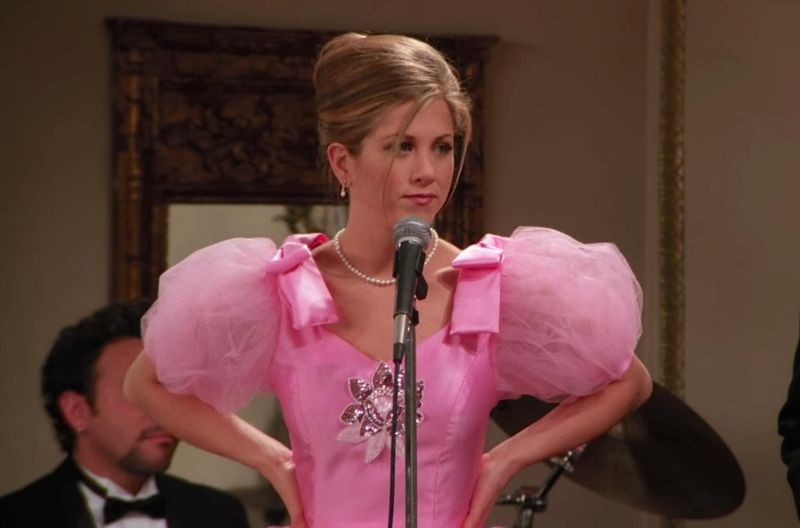
Fashionably introduced as a runaway bride, Rachel Green became one of the most defining characters of the decade. She started as spoiled and uncertain, but her growth into an independent woman resonated with millions. Rachel’s evolving sense of style influenced real-world trends, making “The Rachel” haircut a cultural phenomenon. Beyond fashion, her journey showcased resilience, vulnerability, and the pursuit of dreams. Her relationship with Ross created one of TV’s most discussed romances. Through humor and emotional honesty, Rachel struck a chord with viewers navigating their own adult lives. She remains a symbol of transformation, proving that growth can be both stylish and heartfelt.
3. Ross Geller
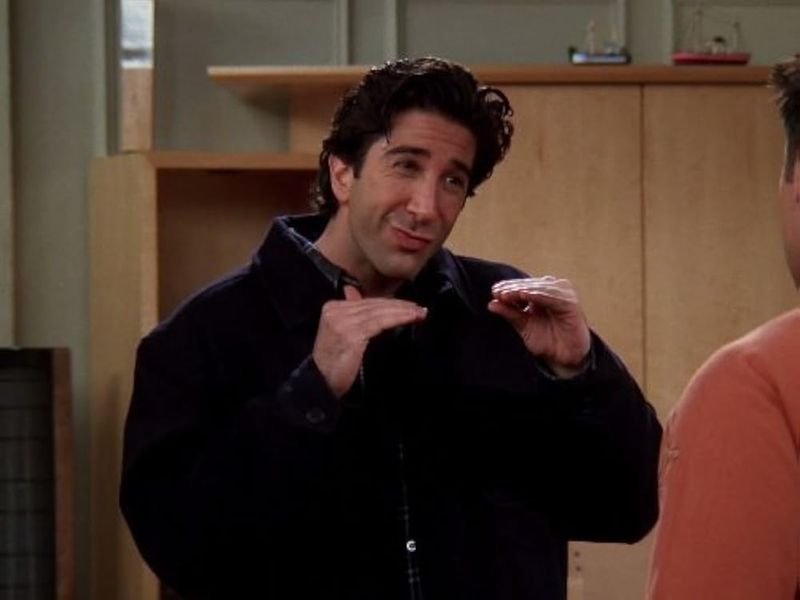
Known for his quirks and humor, Ross Geller won hearts with his unique charm. His deep love for paleontology, often the butt of jokes, revealed his authentic enthusiasm for knowledge. Ross’s earnestness in relationships, though sometimes clumsy, added depth to his character. The ups and downs with Rachel gave fans one of television’s most iconic storylines. His sense of humor, especially in moments of frustration, became instantly quotable. Viewers identified with his struggles to balance career, love, and personal identity. Ultimately, Ross represented the imperfect but relatable journey of adulthood in the 1990s.
4. Frasier Crane
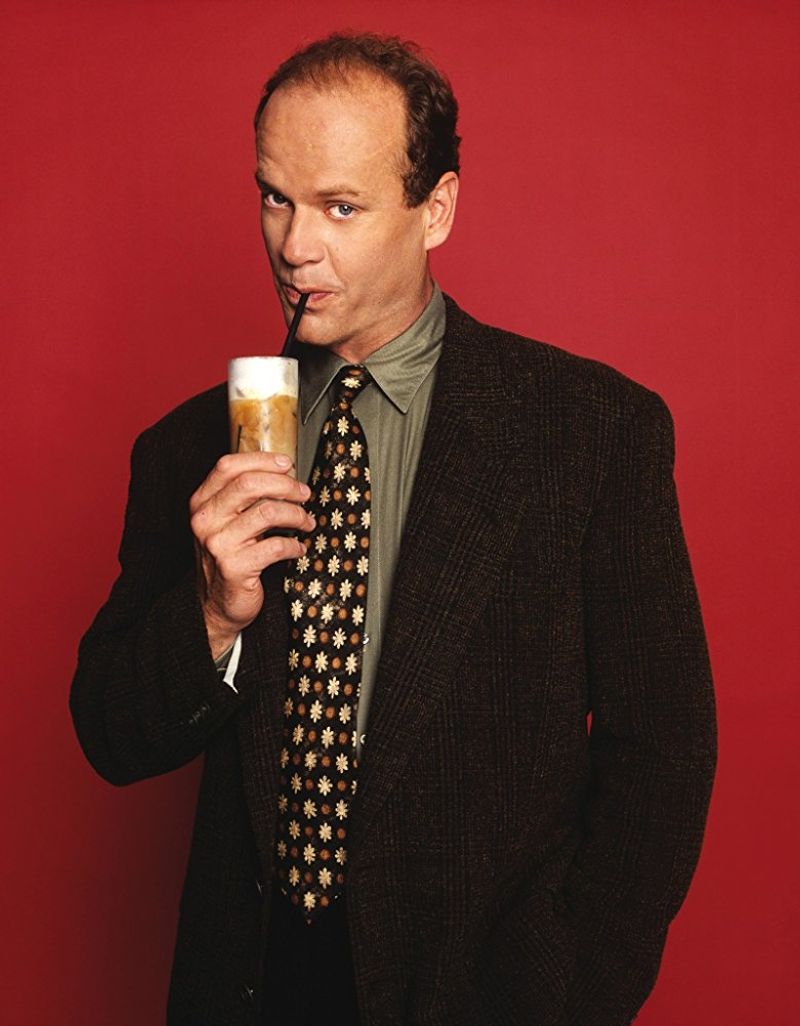
Frasier Crane’s wit and eccentric charm won over audiences. As a polished radio psychiatrist, he shared wisdom even as he confronted his own imperfections. His relationship with his father, brother, and eccentric friends provided both humor and heart. Frasier’s love of opera, fine wine, and philosophy clashed hilariously with everyday situations. Yet, beneath his intellectual façade, he longed for genuine connection and acceptance. The show balanced sharp dialogue with touching explorations of family dynamics. Frasier stood as proof that intelligence and vulnerability can coexist in compelling television.
5. Al Bundy
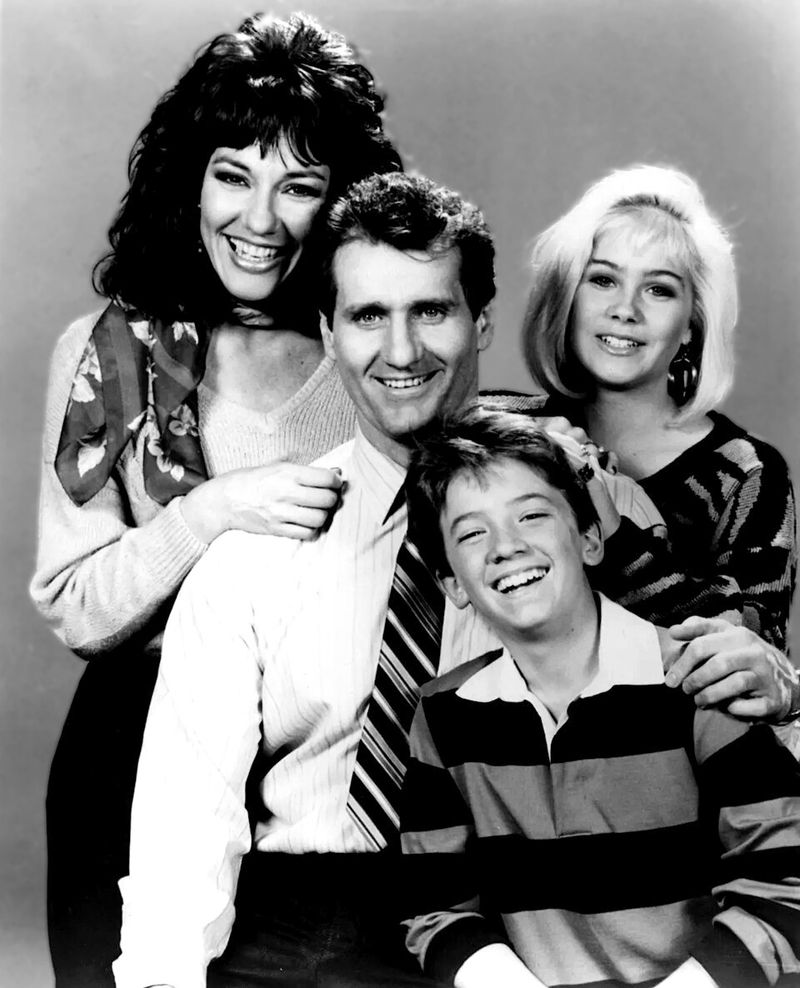
With enduring grumpiness, Al Bundy became the relatable face of the average working-class man. His life as a shoe salesman highlighted the struggles many quietly experienced. Though often comical in his complaints, Al’s loyalty to his family always resurfaced. His dry humor and resigned outlook created endless comedic moments. Despite constant setbacks, Al symbolized resilience wrapped in sarcasm. He represented a counterpoint to idealized portrayals of family life in other 90s shows. In doing so, Al Bundy became both a parody and a cultural touchstone of suburban America.
6. Buffy Summers
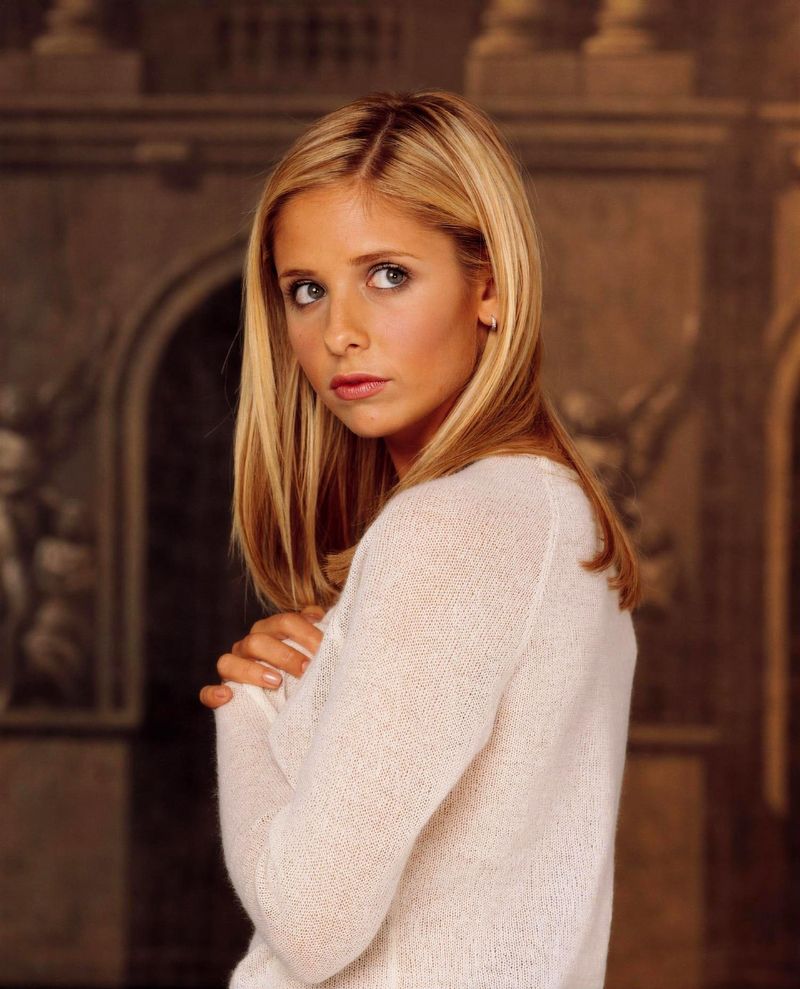
Fearless and witty, Buffy Summers redefined what it meant to be a heroine in the 1990s. As a teenage girl burdened with extraordinary responsibility, she balanced everyday school life with battling supernatural forces. Her strength was not only physical but also emotional, as she navigated love, loss, and friendship. Buffy challenged stereotypes by proving that courage and femininity could coexist. Her witty comebacks and determined spirit inspired a generation of viewers. Through her story, the show explored themes of empowerment and resilience. Buffy remains a cultural icon who symbolizes strength in the face of adversity.
7. Will Smith
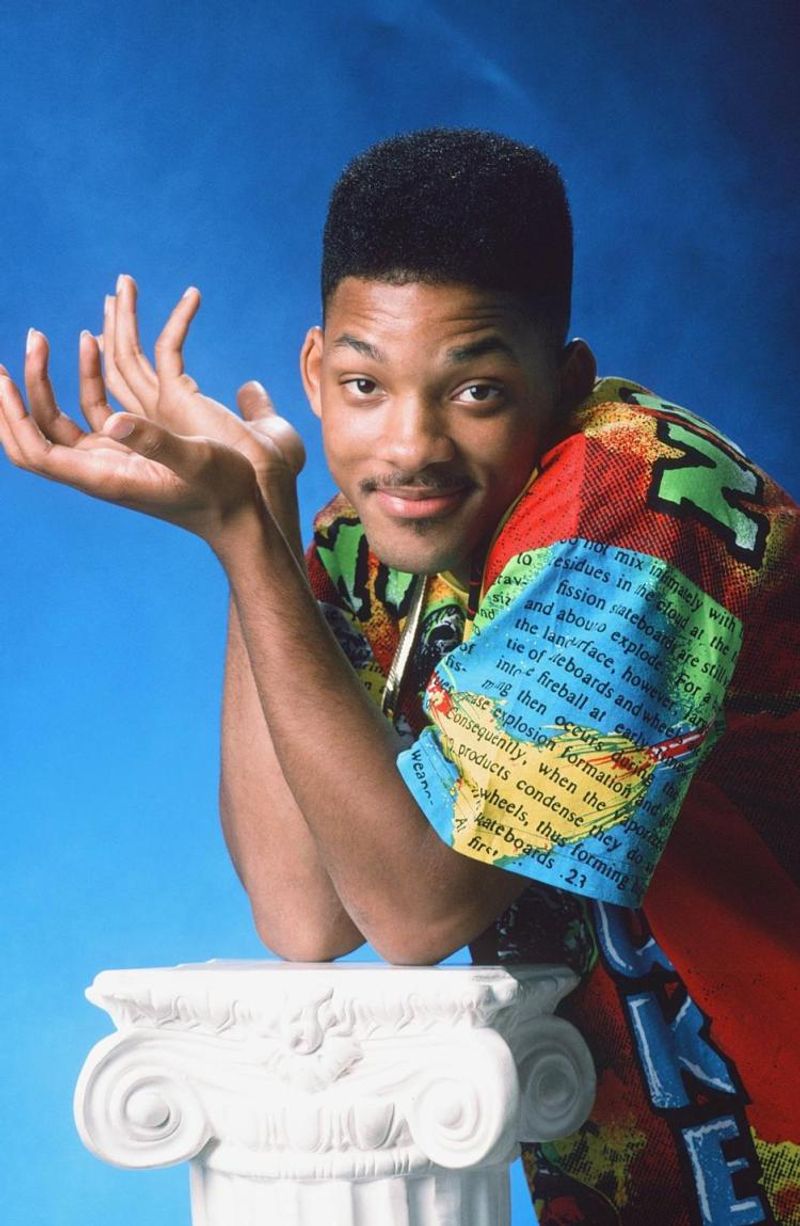
Will Smith brought humor, style, and warmth to 90s television. Playing a version of himself, he bridged the worlds of West Philadelphia and Bel-Air with charisma and wit. His comedic timing made every episode sparkle, while his emotional depth shone in dramatic moments. Will’s storylines tackled real issues like race, class, and family with authenticity. His playful banter with Uncle Phil and Carlton created television gold. Yet, beneath the jokes, his character embodied resilience, adaptability, and love. Will Smith became not only a beloved character but also a cultural ambassador of 90s joy.
8. Steve Urkel
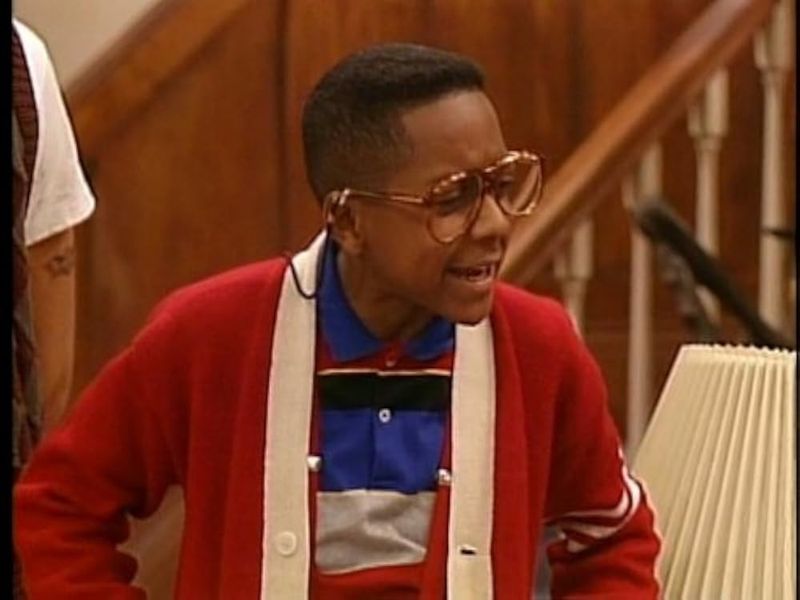
What began as a side character soon blossomed into the show’s centerpiece. His devotion to Laura Winslow showcased a mix of humor and innocence. Urkel’s inventions and experiments created endless comedic chaos, yet highlighted his genius. Despite constant mishaps, he radiated optimism and perseverance. His transformation into “Stefan Urquelle” gave audiences a glimpse of versatility. Ultimately, Urkel symbolized the lovable outsider who never stopped believing in himself.
9. Cory Matthews
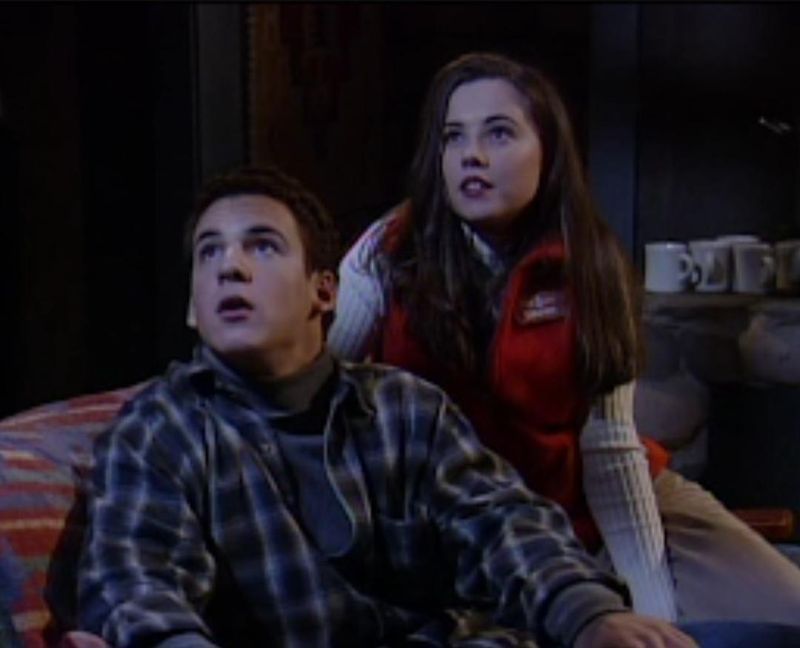
As a quintessential ’90s teen, Cory Matthews captured the ups and downs of growing up. His journey through school, friendships, and first romances felt familiar to many viewers. His relationship with Shawn, filled with humor and loyalty, highlighted the value of true friendship. Cory’s dynamic with Topanga provided one of TV’s most wholesome romances. Guided by the wisdom of Mr. Feeny, he learned lessons that resonated with audiences. His imperfections made him all the more authentic and beloved. Cory represented the universal experience of growing up and finding one’s way in the world.
10. Topanga Lawrence
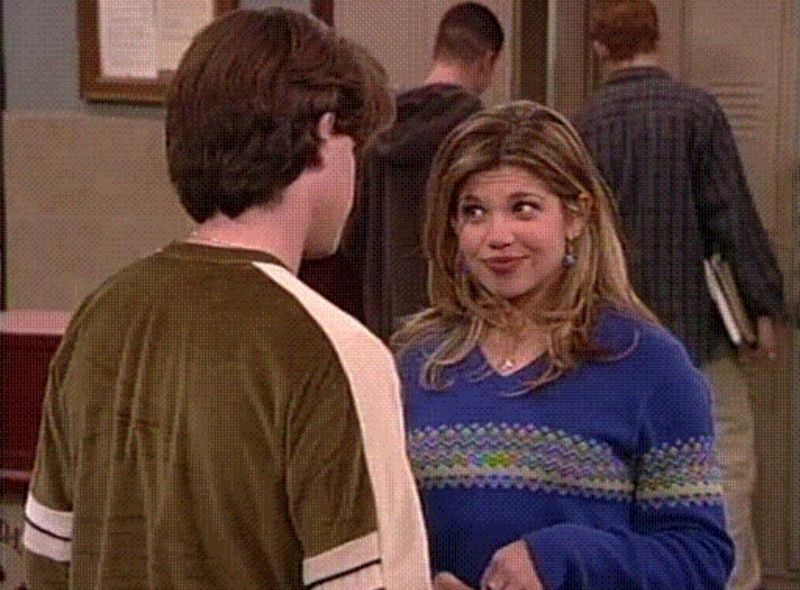
Initially eccentric, she grew into a confident and intelligent young woman. Her relationship with Cory highlighted themes of love, compromise, and growth. Topanga challenged traditional gender roles with her ambition and strength. She embodied loyalty while maintaining individuality, making her a role model for young viewers. Her intelligence and compassion gave depth to the series’ storylines. Topanga remains a symbol of empowerment and balance in teen television.
11. Ally McBeal
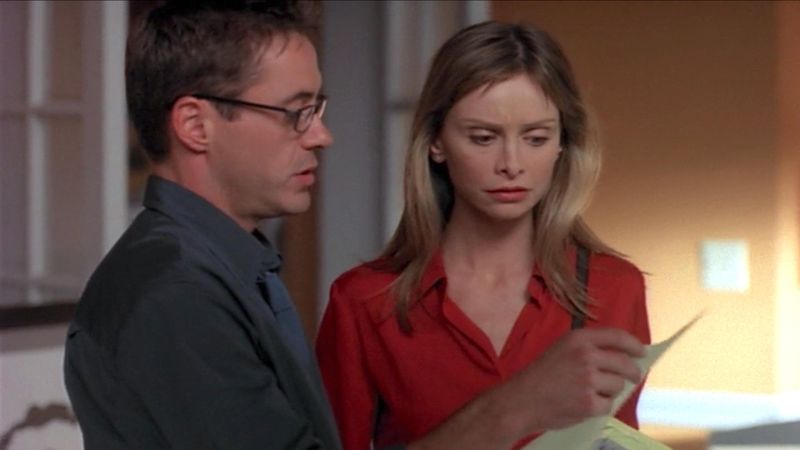
Her courtroom escapades were never just about the law but about her search for meaning, identity, and love. The mix of surreal fantasy sequences and real-world dilemmas made her character both unpredictable and magnetic. She wasn’t flawless—her vulnerability and insecurities were always on display—yet that was exactly what made her relatable. Unlike many professional women on TV at the time, Ally wasn’t written as unshakable; she was written as human. Audiences found comfort in her contradictions, watching a woman who could be ambitious yet uncertain, witty yet lonely. In her, many saw reflections of their own imperfect pursuit of fulfillment.
12. Dana Scully
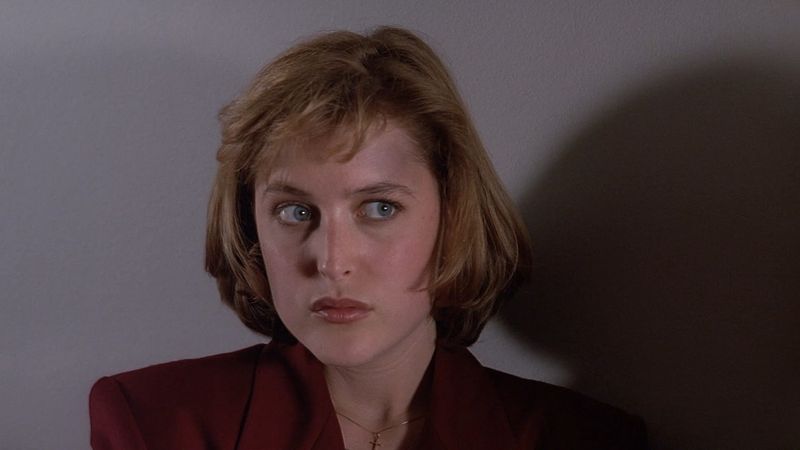
With her sharp intellect and unwavering skepticism, Dana Scully redefined what a female lead could be on TV. She wasn’t simply Mulder’s partner—she was his equal and a formidable scientist. Her calm logic often clashed with Mulder’s theories, creating one of the most compelling dynamics in TV history. Yet beneath her rational exterior lay moments of vulnerability, faith, and quiet strength. Viewers admired her not for flashy dialogue, but for her ability to stand firm in a world filled with conspiracies and fear. Scully inspired countless young women to pursue careers in science and medicine, a phenomenon often referred to as “The Scully Effect.” In the landscape of 1990s drama, she emerged not only as a character, but as a cultural force.
13. Fox Mulder
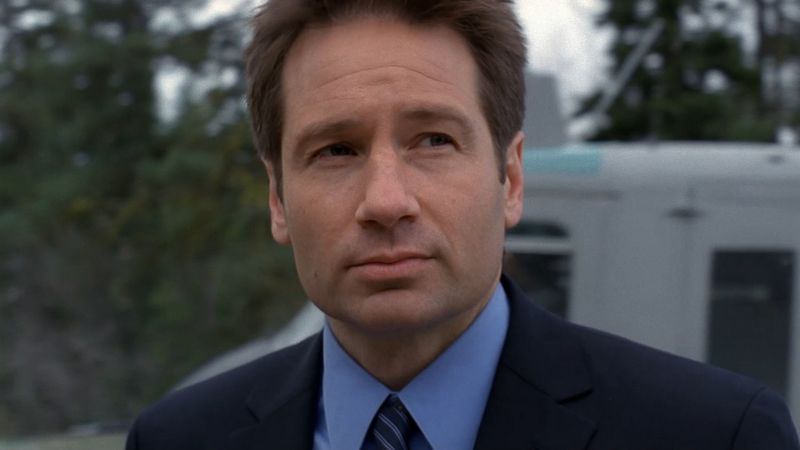
Unlike most leading men of the time, Mulder combined vulnerability with determination, never hiding his emotions. His dry wit and flashes of sarcasm brought levity to dark investigations. At the same time, his relentless curiosity kept audiences questioning the boundaries of reality. Mulder embodied the archetype of the seeker, always digging, always doubting, yet never giving up. In the 1990s, he became a symbol of relentless pursuit, urging viewers to wonder: What if the truth really is out there?
14. Carrie Bradshaw
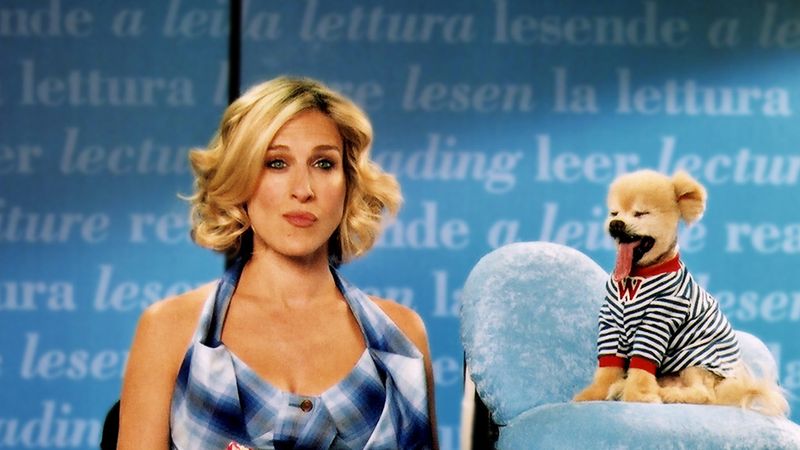
Carrie Bradshaw reframed how women could be portrayed on television. As a columnist, she turned New York City into both a backdrop and a character, reflecting the highs and lows of modern relationships. Her voiceovers, filled with curiosity and self-questioning, gave the audience intimate access to her inner world. Unlike traditional romantic leads, Carrie was messy, conflicted, and often unsure—but that made her authentic. Her friendships grounded her, reminding audiences that love stories extend beyond romance. Fashion became her armor and her language, influencing culture far beyond the TV screen. Through Carrie, viewers saw that independence doesn’t mean having all the answers—it means writing your own.

Comments
Loading…